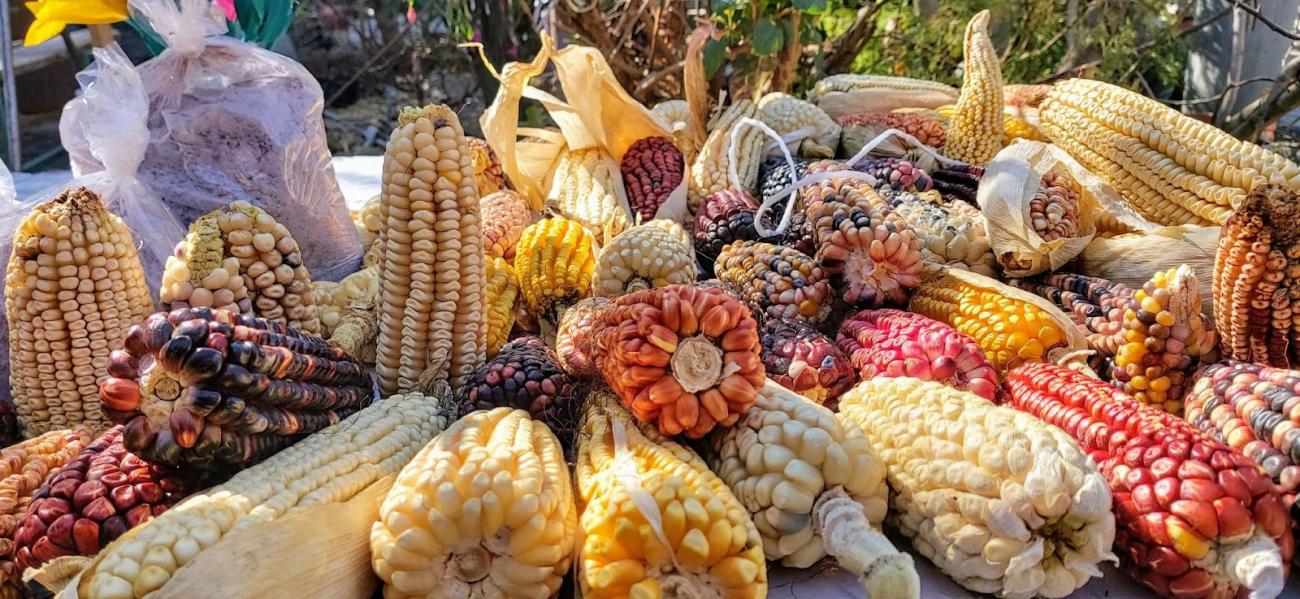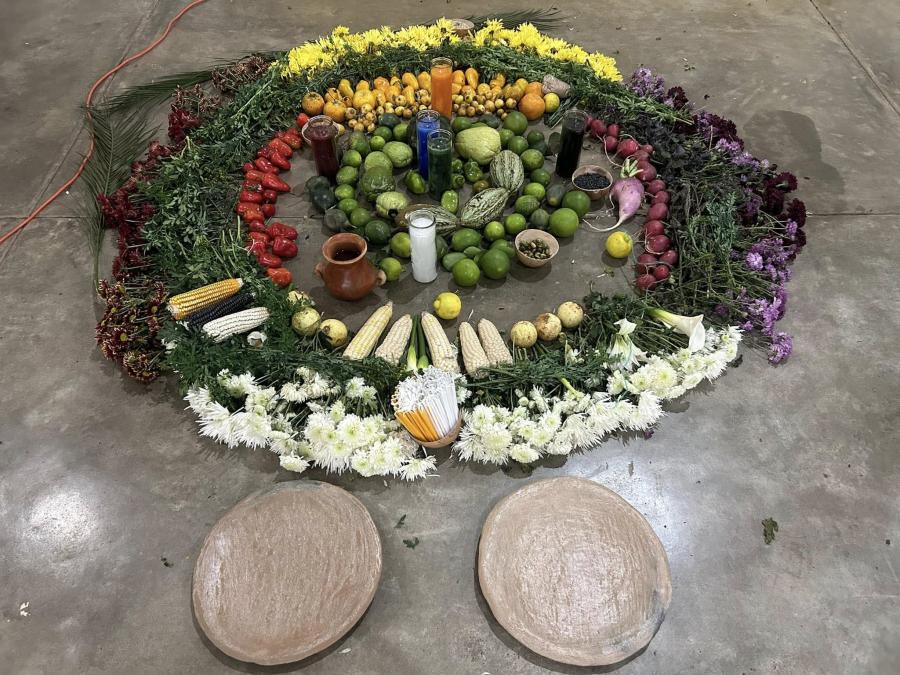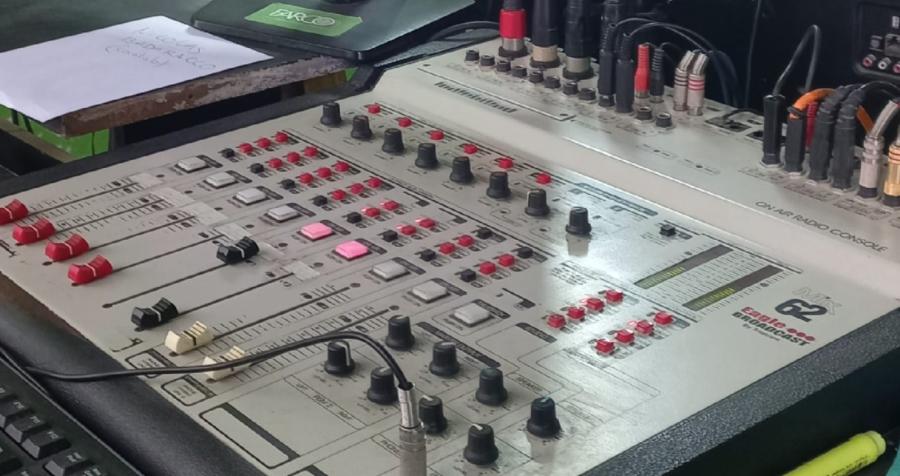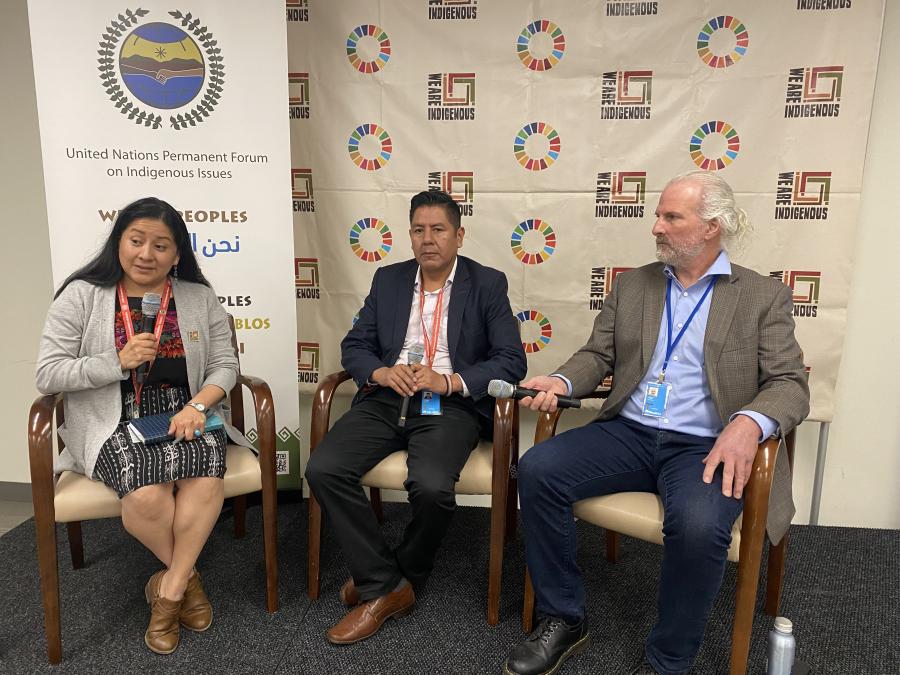
By Adriana Hernández (Maya K’iche’, CS Staff)
Climate change is disproportionately impacting Indigenous communities in Guatemala at an accelerated pace. Located in Central America, bordering Mexico, Belize, Honduras, El Salvador, and the Pacific Ocean, Guatemala is approximately 108,889 km2, with a population of 17.9 million in 2020. According to the data provided by the World Bank, Guatemala has elevations that go from sea level to 4,200 meters above sea level, which means the country has six climate regions, including equatorial, monsoon, tropical savanna, warm semi-arid, temperate oceanic, humid subtropical climates.
Data from the Global Climate Risk Index reveals that Guatemala is in the top ten places at risk for climate change effects globally (see Map 1). Due to decades of government policies that promoted land deforestation, slash-and-burn agriculture, and overexploitation of water resources, Indigenous communities in Guatemala have been severely impacted and now rely on degraded natural resources and lands, leading to biodiversity and traditional agricultural loss.
Map 1: The Global Climate Risk Index (CRI) analyses quantified impacts of extreme weather events.
The adverse effects of climate change and the consequences of biodiversity loss and loss of traditional agricultural practices are more prominent in the Global South, as geographically, some of these countries are closer to the Equator, with higher temperatures. According to Fondo para el Desarrollo de Los Pueblos Indígenas (FILAC), Indigenous Peoples in the Global South are contributing less to the emission of CO2, but are most affected due to the weather variations and the effects on the environment.
Agriculture is mainly affected due to the dependence on rain precipitation and the quality of land, water, and native seeds. In Guatemala, the traditional agricultural sector is vulnerable because small producers are impacted by droughts associated with climate change. According to the Food and Agriculture Organization of the United Nations (FAO), farmers lose, on average, 55 percent of their primary grain production during drought periods.
Traditional Agriculture Holds Cultural and Spiritual Values
Traditional agricultural practices are connected to feeding Indigenous communities in Guatemala and have cultural and spiritual values. In Maya cosmovision, corn holds a sacred meaning as corn feeds us and gives life. The Popol Vuh, the sacred book of Mayan Peoples, explains how corn is at the center of community life with a sense of cultural unity and sacredness. Corn has a fundamental role in the daily diets of Indigenous Peoples in Mesoamerica. In Indigenous communities in Guatemala, there is no meal without a tortilla or a tamalito (corn-based traditional dish).
In Guatemala, one of the strategies to preserve native corn seeds is the implementation of agroecological projects that include seed banks and inventories, the promotion of diversification of corn, and the building of plots to adapt corn to climate change alterations. These agroecological strategies seek to preserve seeds in their purest form without being genetically modified.
Instituto Mesoamericano de Permacultura (IMAP), a 2015 Cultural Survival Keepers of the Earth Fund grant partner, is a nonprofit organization based in the community of Pachitulul in the Municipality of San Lucas Toliman, in the southern part of Lake Atitlan, Guatemala. This organization centers Maya Traditional Knowledge as a fundamental component in implementing permaculture systems that observe nature and design solutions considering holistic approaches and practices. IMAP recognizes the harmonious coexistence of all living creatures in the environment. One of their main areas of work is conserving native seeds to adapt and contribute to more sustainable climate change solutions.
Photo credit: Jorge de León. IMAP is based in San Lucas Toliman, at Lake Atitlan. The volcanoes and the impressive lake Atitlan combine for a magical landscape at an altitude of 1,500 meters.
According to IMAP, there are four facts around the importance of saving native seeds:
- Pesticides approved as unsafe in the US are shipped to countries like Guatemala.
- Biotech crops or genetically modified crops (GMC), which currently dominate agriculture in Guatemala, require high levels of pesticides.
- Agricultural workers frequently spray chemicals onto their crops without using any type of protection.
- Countries in Africa, Asia, and Latin America use 25 percent of agroecological chemicals globally and register 99 percent of deaths from these toxins.
In the end, more sustainable solutions can be created by saving native seeds and implementing traditional agricultural methods without pesticides, chemicals, and biotechnology. When native seeds are saved, we are thinking about healthy diets to nourish our bodies and our families, but also, seed saving relates to food sovereignty. The use of native seeds allows keeping crops in constant evolution by natural effect and the selection process made by farmers and local communities. By promoting less harmful ways to produce our foods and adapting native seeds, we are already taking action to preserve Indigenous Traditional Knowledge and to conserve biodiversity.
In Maya cosmovision, corn is our guardian. Corn is the only food we always eat, and we need to have it during every meal. As our Elders say, we need to take care of corn and respect it; if we see a grain of corn, we must pick it and never step on it because it is sacred.
Climate change also affects corn cultivation methods because of the drastic weather changes and how these impact harvesting seasons. Now, the time to harvest has become more irregular; there are droughts and floods during seasons where there were none before. Some farmers in Guatemala have been forced to leave their lands for extended periods (2-3 years) until their lands regenerate to start producing again. Soil is sacred, and it is not good to cause pain and overharvest a piece of land. The land needs to rest before it can start producing our food again.
The Assembly of Indigenous Peoples for Food Sovereignty (APISA)
Based in Mexico, this alliance of Indigenous Peoples and organizations aims to promote and protect the rights of Indigenous Peoples and strengthen their capacities to achieve food sovereignty through agroecology, self-determination, and promoting rootedness in culture and identity. In 2020, APISA, a Keepers of the Earth Fund grant partner, organized the 4th International Conference of Indigenous Corn which brought together over 120 Indigenous farmers, guardians of knowledge, activists for food sovereignty, tribal leaders, youth, and Elders from Guatemala, Panama, Mexico, Peru, Ecuador, Bolivia, Chile, Puerto Rico, the United States, and Canada. Participants shared information, seeds, Traditional Knowledge, and strategies to protect corn and other traditional foods.
Cultural Survival’s site visit to APISA in Ixtenco, Tlaxcala, Mexico. Photo by Cultural Survival.
Knowledge sharing and including Indigenous Peoples’ voices and experiences around practices facing and adapting to climate change is essential in climate change adaptation and mitigation. Indigenous Peoples have millennial-old knowledge and, for many years, have implemented creative regenerative solutions that have allowed them to develop complex agricultural systems which have fed and maintained the wellbeing of extended families.
Climate change is a complex issue and needs to be addressed horizontally with everyone having a voice and contributing with practical solutions. Indigenous Peoples not only are on the frontlines of climate change, but we bring forth and embody the solutions to mitigate and address climate chaos and need to be included in decisions that directly impact our livelihoods, food systems, lands, territories, and natural resources. The conservation of native corn seeds is an example of how the cyclical relationship between Indigenous Peoples and their foods is interdependent. The kinship between Indigenous Peoples and their traditional foods is also directly tied to the environment, and when our weather patterns, soil and air quality, and changes in biodiversity occur, so does our relationship to our foodways. Native corn seeds embody the spirits of our ancestors and can mobilize entire communities to defend their territories, lifeways, and Traditional Knowledge systems. Saving native corn seeds is a method in adapting to climate change sustainably and in ensuring the well being of future generations.
Top photo: Photo Credit: Adriana Hernández.



